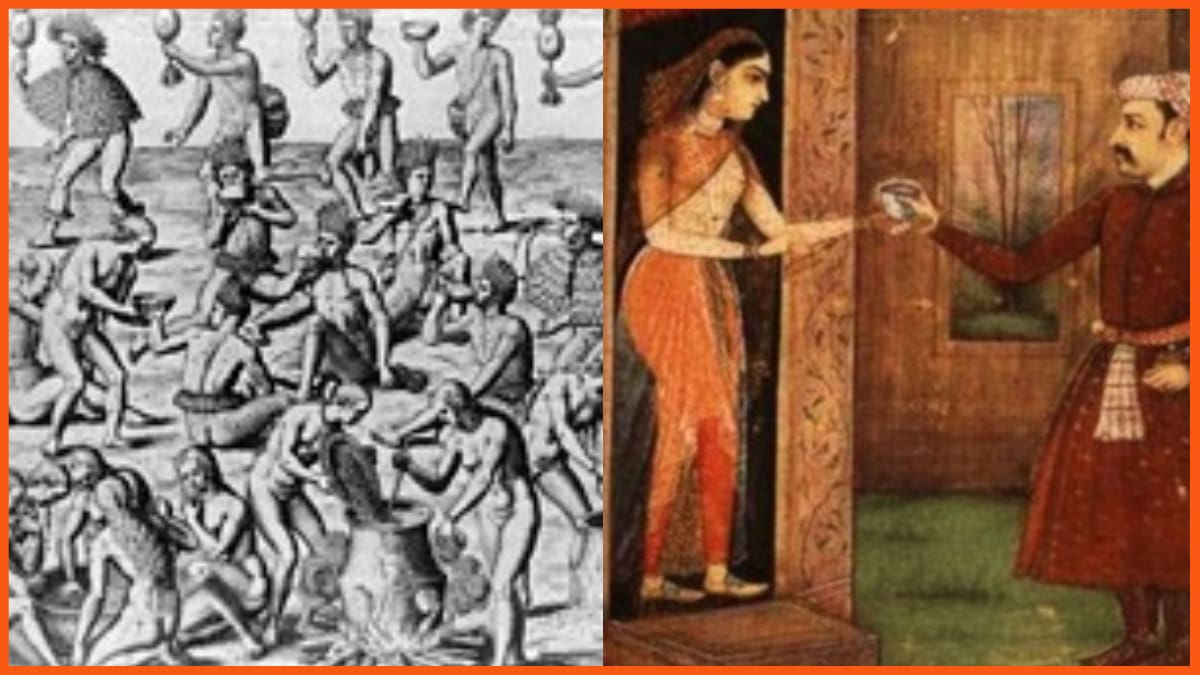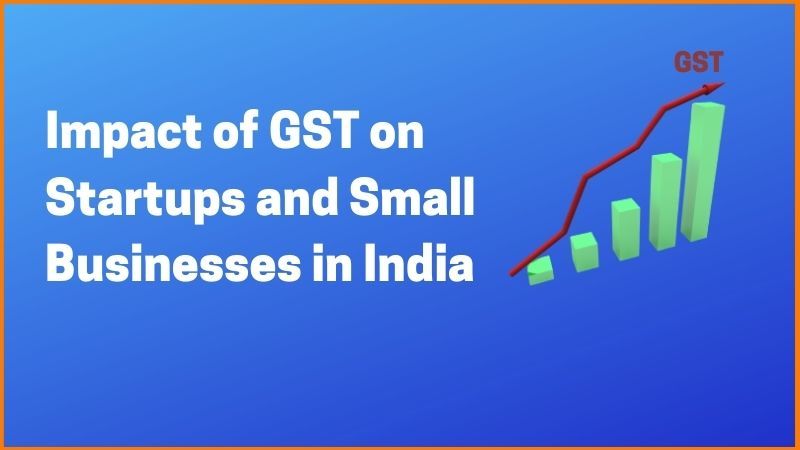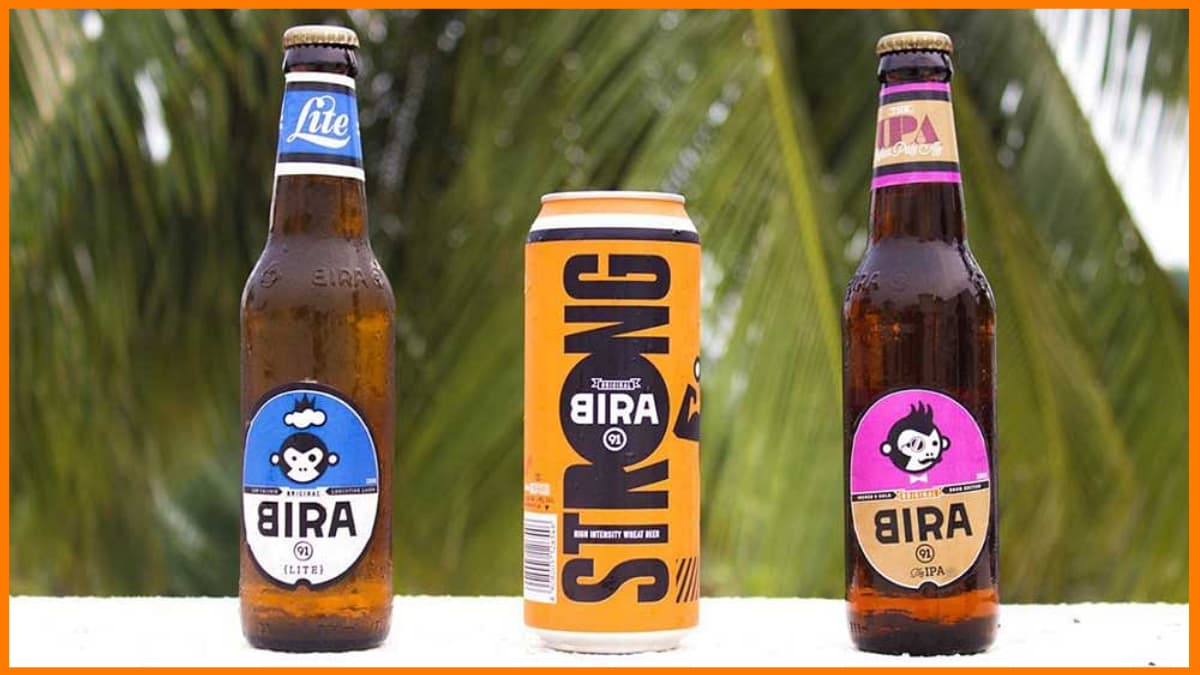India’s liquor industry has been experiencing unprecedented growth in recent years, making it one of the fastest-growing beverage markets globally. According to the Indian Council for Research on International Economic Relations (ICRIER), the market size of the Indian liquor industry was estimated to be 52.5 billion USD (approximately Rs. 4 lakh crore) in 2020. The market is expected to grow at a CAGR of 6.8% between 2020 to 2023. India accounts for the third largest market for alcoholic beverages in the world. The per capita alcohol consumption in India is nearly 5.5 litres which is pretty low compared to the global average of 6.2 litres. This growth can be attributed to various factors such as increasing urbanization, rising disposable income, and changing consumer preferences.
However, in the last two years, this industry has gone through a lot of ups and downs. During COVID, it witnessed complete lockdowns, high taxes and other levies, post-covid increased sales, and changes in distribution patterns following COVID restrictions, new product mixes, and so on. Despite its massive consumption, India also exports its alcoholic beverages to the world.
In this blog, we will delve deeper into the liquor industry in India, exploring its growth trajectory, challenges, government policies, market trends, and consumer behavior. Join us as we discover the dynamic and evolving landscape of the liquor industry in India.
The Indian Alcohol Market
Alcohol Consumption in India
Historical Evidence of Alcohol Drinking in India
Indian Startups in Liquor Industry
Challenges Faced By Indian Liquor Industry
Regulation Over Consumption of Alcohol
The Indian Alcohol Market
The alcohol market in India is primarily divided into four categories:
- Indian-made Foreign Liquor (IMFL): This term is used by the governments to designate the types of liquors that are domestically manufactured apart from the indigenous alcoholic beverages like feni, arrack, etc. IMFL category includes drinks like Rum, brandy, whiskey, vodka, gin, etc.
- Beer: This segment comprises all sorts of beer, strong or mild. United breweries dominate the market with its Kingfisher beer.
- Wine: It has three main types- red wine, white wine, and rose wine. India is also a huge market for wine that is both imported and produced in the country itself. Wine customers are mostly from the middle-class urban population. Maharashtra and Karnataka have the largest vineyards in India.
- Indian-made Indian liquor (IMIL) or Country Liquor: These are regional drinks that are locally produced. For instance, Feni is the most popular local drink which is produced in parts of Goa. Feni is made of cashew or coconut. Similarly, Mahua is prevalent in parts of Bihar, Bengal, and Jharkhand. Almost every state in India has its regional drinks consumed by its local population.

Alcohol Consumption in India

The rate of consumption of alcohol has been growing in India for the last three decades. After the pandemic, the swift bounce back of alcohol shows the vast customer base inside the country. Because of India’s high population growth rate, every year produces 13 million drinking-age adults of which at least 3-5 million eventually end up consuming alcohol in some way or another which shows an increase in the rate of consumption of it at a huge pace.
With such a high-growth trajectory, consumption patterns are significantly changing with surprising trends emerging every year in the alcohol industry. World statistics show that India is the largest consumer of whiskey. Additionally, India is the 9th largest alcohol consumer in the world from the perspective of consumption volume.
According to the National Family Health Survey-5 (NFHS-5) 2019-21, alcohol consumption among both men and women is higher in rural India than in urban India. Overall, 1% of women aged between 15-49, drink alcohol, compared to 22% of men in the same age group.

This breaks up into 1.6%(rural) and 0.6%(urban) among women, and 19.9% and 16.5% respectively among men. Arunachal Pradesh, Telangana, and Sikkim have the highest drinking men population, standing at 52.6%, 45.4%, and 39.9% respectively. On the other hand, Lakshadweep, Gujarat, Jammu and Kashmir have the lowest percentage of 0.4%, 5.8%, and 8.7% respectively. Among women, Arunachal Pradesh, Sikkim, and Assam have the highest drinking percentage of 24.2%, 16.2%, and 7.3% respectively. Whereas, the percentage in Kerala and Jammu and Kashmir stands at 0.2% each.
Arunachal Pradesh tops the rank and has the highest percentage of both men (53%) and women (24%) drinking alcohol. Among women, Arunachal Pradesh is followed by Sikkim (16%) and among men, it is followed by Telangana (43%). Alcohol consumption is more common in scheduled tribes than in any other caste/tribe groups; this is true for both women (6%) and men (33%).
Besides Arunachal Pradesh and Telangana, alcohol consumption among men is higher (40%) in the upper Brahmaputra region of Assam, districts in Jharkhand and Bastar region of Chhattisgarh, and the Chhota Nagpur region of Jharkhand and Odisha.

Historical Evidence of Alcohol Drinking in India

Alcohol in ancient India was a homegrown staple. India was the civilization that discovered and mastered the science of the distillation of alcohol. The evidence of distillation setups was excavated by archaeologists from the sites of the Harappan civilization. The ability to process alcohol in our metabolism must have been adopted by humanity when they started eating fermented fruits.
The Chalcolithic era marked the first evidence of the presence of alcoholic beverages in India during the Indus valley civilization. Sura was the favorite drink of that era, a beverage brewed from rice meal, wheat, sugarcane, grapes, and many other fruits. It was very popular among the population of Kshatriya warriors and peasants.
According to Hindu Ayurvedic texts, consumption of alcohol has been regarded as beneficial and acts as a remedy for a few health concerns if consumed in moderation but could be detrimental if consumed in excess, ultimately becoming the cause of intoxication and alcoholic diseases. The Ayurveda texts even have specific details on when can the alcohol be consumed and how to prevent someone from getting intoxicated. It also states that if a person is suffering from illness, anger, loneliness, starvation, or paranoia, they should abstain from consuming alcohol; its consumption will only worsen their condition.
In ancient India, the consumption of alcohol was limited to the orthodox section of society. Whereas the early Vedic period also states that drinking alcohol was also prevalent among the priestly class.
As per the great Hindu Epics, Ramayana and Mahabharat, the consumption of alcohol is considered bad. People who consumed alcohol and meat are from the evil section and the good ones did not consume alcohol and were vegetarians.
When Jainism started flourishing in 563 BC, the consumption of alcohol was considered a bad habit. According to the teachings of Mahavira (founder of Jainism), complete abstinence from alcohol is regarded as a moral value that every person should adhere to furnish their life with peace and prosperity.
The Rig Veda also takes about intoxicants such as soma (a soma plant-based drink) and prahamana. The soma plant has hallucinogenic properties and was consumed traditionally due to its healing properties. It was a common belief that the one who drinks soma will never age and will be unaffected by fire, poison, or any sort of weapon attack.
Indian Startups in Liquor Industry

Various new Indian startups have entered the market to tap into the growth opportunities in this industry with lots of new ideas and interesting new liquor products. Many of the startups already made their identity even through this pandemic situation and are even ready to have wings in this industry.
Some made-in-India brands have started to focus on authenticity, craftsmanship, and creativity to produce something unique and ground-breaking to create their niche in the market. In this regard, two categories have emerged within the premium and semi-premium segments i.e., India-made conventional craft liquor and high-quality native liquor.
On behalf of this, the Indian alcohol industry is witnessing a wave of homegrown premium-level brands coming up in different categories and doing much better than their imported counterparts. These brands with refreshing ideas and different appeals with their specially curated products are going to change the face of the industry in upcoming times.
Here are some popular startups that are making waves in the liquor industry in India:
- Nao Spirits – Nao Spirits is a Delhi-based startup that has made a name for itself by producing artisanal gins and other spirits. Its flagship brand, Greater Than, is made using Indian botanicals and has won several awards for its unique flavor profile.
- Jimmy’s Cocktails – Jimmy’s Cocktails is a Mumbai-based startup that offers a range of ready-to-drink cocktails, including margaritas, mojitos, and cosmopolitans. The company uses only natural ingredients and has won praise for its convenient and high-quality products.
- RockClimber – RockClimber is a Bangalore-based startup that produces a range of alcoholic and non-alcoholic beverages made using locally sourced ingredients. Its products include craft beer, cider, and mead, and the company has won several awards for its innovative flavors and packaging.
- Salud – Salud is a Mumbai-based startup that produces premium quality tequila made from blue agave plants grown in the highlands of Jalisco, Mexico. The company’s focus on sustainability and ethical sourcing has won it a loyal following among environmentally conscious consumers.
- Spiritedly – It is another interesting startup that has developed a range of low-alcohol and non-alcoholic beverages, catering to health-conscious consumers who want to enjoy the social aspect of drinking without the intoxicating effects.
These startups are bringing innovation and disruption to a sector that has traditionally been dominated by a handful of large players. As the Indian market continues to evolve, it will be interesting to see how these startups fare and how they contribute to the growth of the liquor industry in India.

Challenges Faced By Indian Liquor Industry
The liquor industry in India faces several challenges, ranging from regulatory hurdles and high taxes to shifting consumer preferences and evolving market dynamics. Here are some of the major challenges faced by the liquor industry in India:
- Regulatory Hurdles – The liquor industry in India is heavily regulated, with a complex web of laws and regulations governing production, distribution, and sale. This can make it difficult for companies to navigate the system and can lead to delays and bureaucratic red tape.
- High Taxes – The liquor industry in India is subject to high taxes, which can drive up the cost of production and reduce profit margins. In addition, taxes can vary widely from state to state, making it difficult for companies to plan and budget effectively.
- Changing Consumer Preferences – As India’s economy grows and consumer tastes evolve, companies in the liquor industry must adapt to changing trends and preferences. For example, there is a growing demand for premium and craft spirits, as well as low-alcohol and non-alcoholic beverages.
- Distribution Challenges – The distribution system in India is highly fragmented and can be difficult to navigate, particularly for small and medium-sized companies. This can make it challenging to get products to market and can limit the reach of companies in the industry.
- Competition – The liquor industry in India is highly competitive, with several large players dominating the market. This can make it difficult for new and innovative companies to gain a foothold and compete effectively.
Despite these challenges, the liquor industry in India continues to grow and evolve, with several startups and established companies finding success in this dynamic and fast-growing sector.

Regulation Over Consumption of Alcohol
The Maurya period was the first when a mechanism was made to control and tax the sale of liquor. Public drinking was only allowed during festivals and public occasions, otherwise, there were designated areas for drinking. It can be thus said that even today civilization follows a similar kind of structure to maintain a restraint over drinkers.
If we investigate today’s time, laws over the consumption of alcohol in India are a state subject. Hence, the laws differ from state to state. Also, alcohol does not fall under the newly applied GST rule and therefore the revenue generated from it goes directly to the state government. However, old taxes and fees such as Excise duty on production, State VAT on sale, and other fees such as gallonage and license continue to be applied. It is only because of these charges that the liquor industry in India is seeing a desperate increase in its incentives. For instance, liquor is banned in Gujarat, but Uttar Pradesh has collected the highest revenue from the excise tax on the production of liquor. Puducherry, a UT has its primary income from alcohol trading, but Goa has the least taxes.
About 70% of what customer pays for drinks goes to the state governments. The cost of bringing an alcohol brand to the market is even higher than its cost of production. This is all done to regulate the consumption of alcohol considering the health of consumers, yet the government keeps on getting more money from the industry as the percentage of drinkers keeps increasing year after year. Growth in the urban population and increasing purchasing power propel the market growth of alcohol.

Conclusion
For the past three decades, India’s rate of alcohol use has increased. The rate of its consumption has also increased significantly due to India’s rapid population expansion. With a wealth of fresh concepts and intriguing new alcoholic beverages, numerous new Indian startups have joined the market to grasp on the potential opportunities in this sector.
The period COVID-19 pandemic saw a lot of ups and downs over the past two years, causing this industry to experience complete lockdowns, high taxes and other levies, post-COVID increased sales, changes in distribution patterns as a result of COVID restrictions, new product combinations, and so on. India not only consumes alcohol in large quantities but it also exports it to other countries.
FAQs
Why alcohol is not covered under GST?
Alcoholic products are one of the highest revenue generators for the state governments in India. Alcohol is not covered under GST in order to ensure that the state governments can have a certain level of financial independence.
Which taxes and fees are applied to liquor in India?
Liquor for human consumption in India does not come under GST, but taxes and fees such as Excise duty on production, State VAT (Value Added Tax) on sale, and other fees such as gallonage and license continue to be applied to liquor in India.
Which are some popular alcoholic beverage startups in India?
Some of the popular alcoholic beverage startups in India are:
- Jimmy’s Cocktails
- Nao Spirits
- RockClimber
- Salud
- Spiritedly
Which state in India has the highest alcohol consumption?
According to the National Family Health Survey-5 (NFHS-5) 2019-21, Arunachal Pradesh has the highest percentage of both men (53%) and women (24%) who drink alcohol.
What are the major challenges faced by the alcohol industry in India?
The alcohol industry in India faces several challenges, including regulatory hurdles, high taxes, changing consumer preferences, distribution challenges, and intense competition.
What are some of the recent regulatory changes in the alcohol industry in India?
Recent regulatory changes in the alcohol industry in India include simplifying regulations and reducing taxes in some states. For example, in 2020, the government of Rajasthan reduced the excise duty on liquor by 10%.
What are some of the emerging trends in the liquor industry in India?
Some of the emerging trends in the liquor industry in India include a growing demand for premium and craft spirits, low-alcohol and non-alcoholic beverages, and locally sourced and sustainable products. Technology-driven innovation is also playing a major role in the industry.
What is the future of alcohol industry in India?
The future of the alcohol industry in India is promising, with changing consumer preferences, technology-driven innovation, regulatory reforms, and a growing tourism industry driving growth and development in the sector. Companies that can adapt to these trends and stay ahead of the competition are likely to thrive in this dynamic and fast-growing industry.








